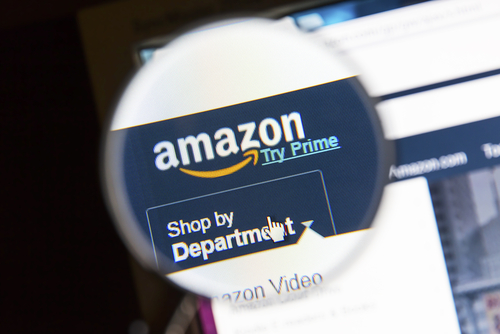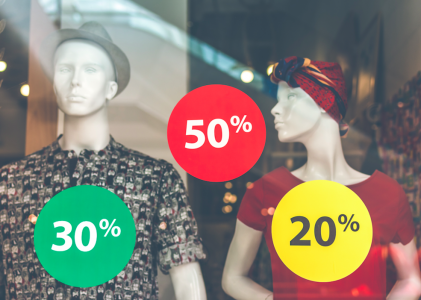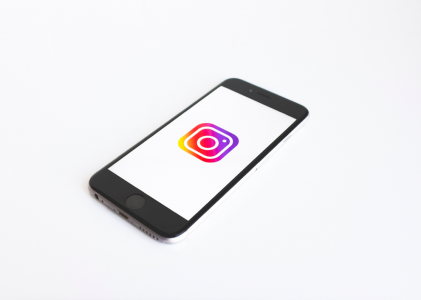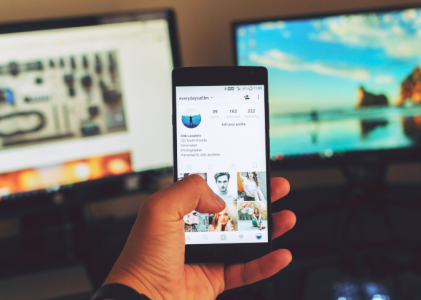Most ecommerce merchants focus their energy on ensuring the business functions, even once their business needs them to focus elsewhere.
Every business goes through stages, and each stage has its own critical focus area and related goals that needs to be accomplished. Here is what you need to know about the stages of eCommerce business development in order to grow, like Amazon.
Survival Stage of an eComm Business
In the first stage of a business, the survival stage, just getting things functional is key.
In ecommerce, that means the following practical points draw the most attention and energy:
- researching and choosing an ecommerce cart and a payment processor
- getting the design created and coded
- sourcing products and setting up inventory management systems
- merchandising, aka shaping the product offering – what products get the limelight, what’s the price, with what upsells/downsells, etc
- deciding on self or third-party fulfillment and working out logistics
Assuming your company survived stage one, you’ll have learnt to focus your energy on the above matters to survive and grow somewhat.
The problem is that you’ve learnt to focus your energy on the above matters… when in fact their importance gradually decreases.
Stage Two for eComm Businesses
If you’re past the survival stage, your project list probably looks like this:
- Update product list, and work out new merchandising.
- Add functionality to the site like AJAX loading, product zooms, and all manner of CMS plugins.
- Squash bugs and other IT issues
- Hire more staff
This is survival-by-fire-fighting growth. You put out a fire, get something working to a basic level, then move on.
The problem is that at some point, you’re no longer in survival stage. Your baby has progressed and has new needs, but you’re still stocking up on diapers.
Why doesn’t the old formula work as well as it used to?
By stage two, you’ve picked the low-hanging fruit. Your growth came despite an average (and mediocre) 2% conversion rate – i.e. selling only to those people who are most easily sold to, who have lots of patience for a just-barely-functional site.
Since most merchants sell products that are not exclusive to their store, or have competitors with very similar products, there’s limited opportunity to grow through product differentiation, Harvard Business School be damned.
Instead, your growth needs to come from marketing to increase market share.
Seen differently, as a retailer, your value-add in the supply chain is to find and sell to customers.
That’s where your focus needs to be in stage two.
Are You in Stage Two?
So how do you know you’re in stage two?
It’ll vary by company and any milestone is arbitrary, but since you need some signposts, here are a few:
- Your cash flow is positive and the site doesn’t rely on you working 20-hour days.
- You’ve hired 10+ people and the site doesn’t depend on the founders to keep it running.
- Your net profit is over $1M
The more of those signposts passed on the road, the further along you are.
Marketing Focus
So what about your marketing should you focus on in stage two?
The goals for stage two are:
- formalizing your processes, as well as a process for updating process. Get “The E-Myth Revisited” on Amazon to learn how to do this.
- build a marketing system centered around testing, measuring results and optimizing until they breakeven and then profit.
Here are some questions to ask yourself and some goals to make it through stage 2:
Questions:
- What is our conversion rate overall?
- How does it vary across our top three traffic sources?
- What is our marketing cost per sale for each channel?
- Who in the organization is responsible for knowing these things?
- Is it formally part of their job role, or just something we asked them to play with if they have time?
- Who’s accountable for our conversion rate going up?
- Who’s accountable for our cost per sale going down?
- What is our process for moving the above metrics?
- Are we attributing credit for conversions only to the last source or to each channel that brought the visitor to us?
- How many ad copy tests have we run across our top 20% of PPC keywords, this month?
- What has usability testing uncovered this month / quarter?
- How long does it take us on average to implement the top 3 tweaks based on usability testing?
Goals:
1. Clarify the marketing department’s org chart.
This means answering questions about accountability:
Who leads the team? What are each team member’s responsibilities? What do they report on? What are baseline satisfactory metrics for them to achieve, what are
good targets, great and superhero targets for those metrics?
2. Double or triple your conversions from each of your top three sources.
3. Reduce marketing cost-per-sale by at least 50%.
4. Increase conversion rate 100% with usability and conversion rate optimization (hint: start with your checkout).
5. Create systems and assign responsibility in writing for points 2-4 above.
Summary For The Time-Starved
Once you’ve survived the first stage of your business, you need to change focus.
Instead of emphasizing things that are necessary to get the site functional, such as sourcing products and developing functionality, to emphasizing systems and process development. You need the company to have clear “recipes” or documented processes for each aspect of the business.
Beyond that organization which is the critical infrastructure necessary to growth, you need to focus on marketing.
As a retailer, your purpose is to sell to consumers. What differentiates you from 10,000 other also-ran ecommerce shops is measuring closely each marketing initiative – including not just traffic generation but also increasing your conversion rate. And once you’ve measured, testing ideas for improvements until you achieve breakeven, then profit with increasingly greater margins.
To work on the company and not just in the company, though, you need to change focus away from putting out fires.




